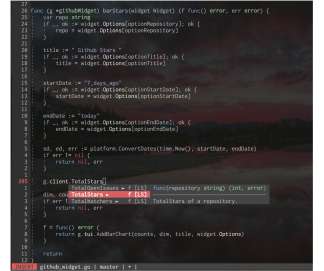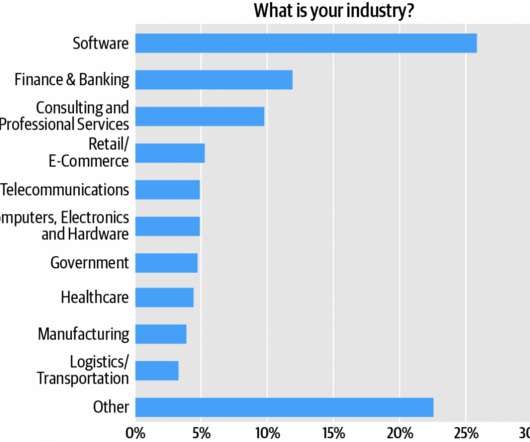6 Ways Cloud Computing and Virtualization Energize Utility IT Operations With Scalability and Flexibility
DZone
JULY 19, 2023
Amidst the rapid advancements in the utility and energy industry, where demands continually escalate, the role of IT operations has grown significantly, requiring enhanced capabilities to ensure seamless operations. Alongside the transition to the cloud, Enel embraced virtualization to maximize the utilization of its IT resources.
















Let's personalize your content